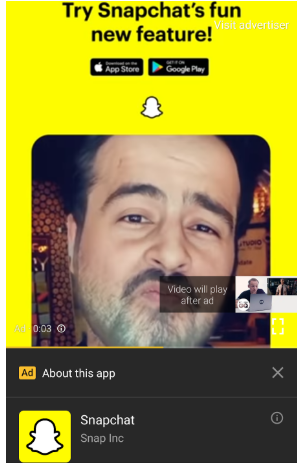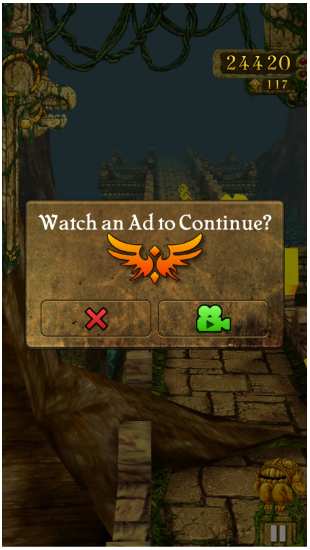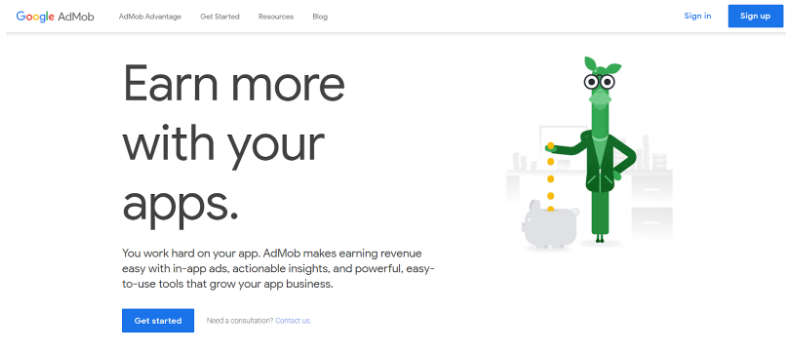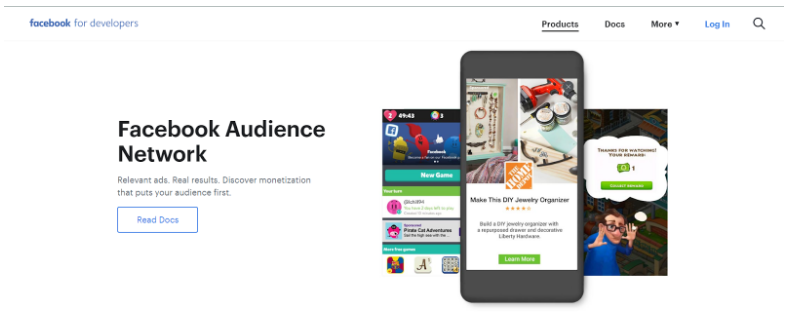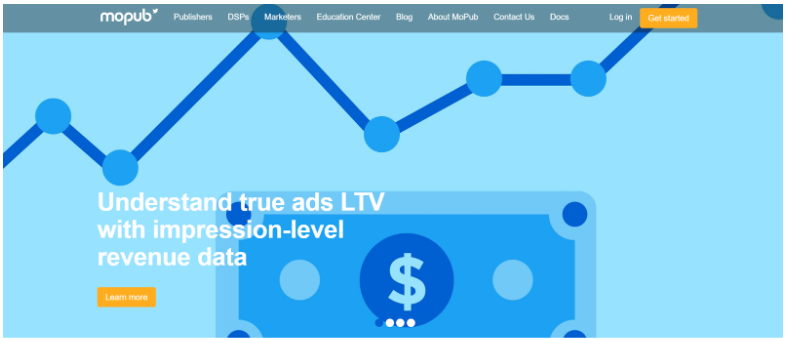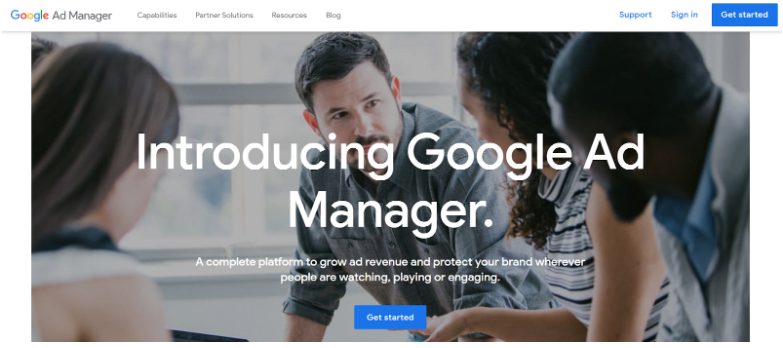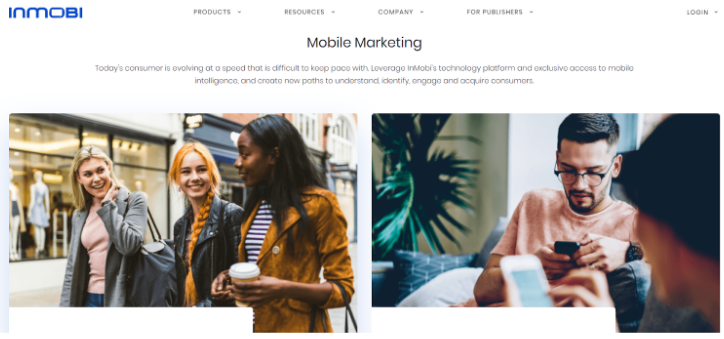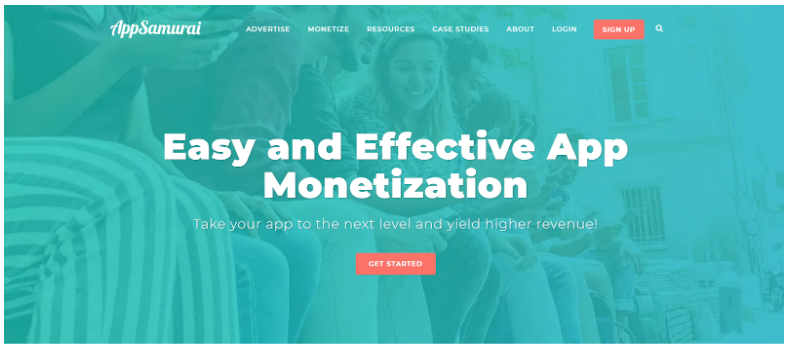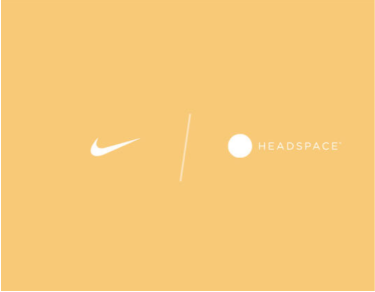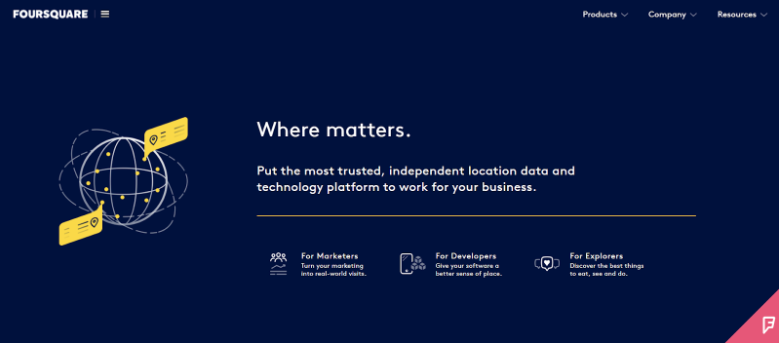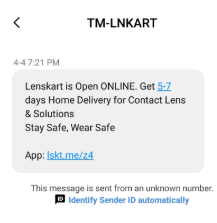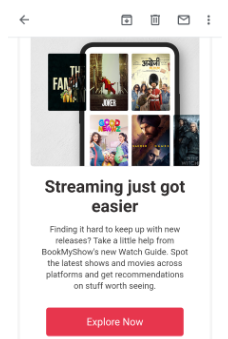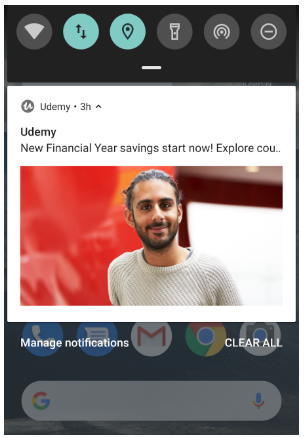Table of Content
As exciting as developing and publishing your app is, figuring out how to make money from it is crucial. With so many app monetization strategies to choose from, revenue generation is easier than ever.
App monetization isn’t a simple concept – but it can be quickly learned. Whether you are still developing your app, or your app has been live for a while, it is never early or late to think about monetizing your app.
Selecting the right app monetization strategy matters a lot. Read along as we uncover the best mobile app monetization techniques and examples to give you a fair understanding of what will work for your mobile app.
Premium Model (Paid Downloads)
The premium model is the earliest form of app monetization. With the premium model, a user must pay before using the app, and the developers get paid for each download. While paid apps can generate significant revenue, in most cases, it will gather only a smaller user base, unlike freemium apps. If your app is relatively new in the market, it is best advised not to follow this model as it would attract the least number of users.
Several apps have excelled with the premium model and have gathered a large user base. Their exceptional functionalities and ability to fulfil users’ expectations played a massive role in this accomplishment. Let’s look at some of the winning app examples that use the premium model.
FL Studio Mobile
Everyone loves music, and this is one of the reasons why FL Studio Mobile is an absolute success. With a smooth and easy-to-use interface, FL Studio Mobile is a powerful tool to experiment with music, and that too using just your smartphone. Any aspiring DJ, composer or music enthusiast would benefit greatly from this app. Its nominal pricing and robust functionalities make the app so good to be true.
Nova Launcher Prime
The Nova Launcher Prime app lets you customise your smartphone’s UI (Android) just the way you like. With this app, you are no more stuck with an interface. What makes this premium app so successful is the variety of themes it offers. Along with that, the app brings in several gestures and customisations, which is extremely desirable for its price tag.
MX Player Pro
Initially introduced as just a video player, MX Player now provides online streaming services as well. What makes this app so popular, even while following a premium model, is the pricing it follows. While streaming services usually charge per month, MX Player cuts it down to a one-time payment. Apart from this, MX Player is a stable video player and offers the best user experience among its peers.
Freemium Model
The freemium model is one of the most popular mobile app monetization strategies. It offers users a chance to download and use your app for free. With the freemium model, users can download your app and access limited features. By doing so, you are letting your users get an overview of your app before deciding whether or not to buy the full version.
With the freemium model, the core functionalities of an app are free to use. You can place certain “limitations” on your app, which would require an upgrade to Premium to use. Some ways to do it is as follows:
Limit the Features
You could add some enhanced or extra features, exclusively to premium users. You can then prompt them to upgrade to the premium version to unlock these features.
Limit the Usage
You could set a limit on the freemium users by restricting them to use a feature for a fixed number of times a day. Or you could limit the storage, like what Evernote does.
Limit the Support
Another Freemium model you can apply to your app is offering higher priority support to premium users.
Subscription Model
The subscription model is one of the most successful and profitable mobile app monetization strategies. With the subscription model, you can enable users to use your app for a trial period, after which a paid subscription is required.
With separate subscription plans offered at different levels of pricing, users can feel more comfortable in choosing one, unlike a one-time commitment that comes with premium apps. You could also offer discounts for annual payments, which the users would find highly beneficial.
Another strategy that can be applied to the subscription model is a subscription plan that removes ads. Almost everyone finds ads annoying. In many cases, your app users will be willing to pay for an “ad-free” version if they love using your app. This offers a win-win situation for you – get revenue through ad placements or get paid for the subscription.
In-App Advertising
Before going any deeper into in-app advertising, let’s look at the three famous business models on which the mobile ads are built around – CPM, CPC, and CPA.
Cost Per Thousand Impression or Cost Per Mile (CPM) Model
The CPM model is the most preferred ad revenue model as it doesn’t require users to click on the ads or take any action. When a user sees an ad while using your app, it is counted as one impression. A thousand such impressions form a unit, and you will get paid for that. Although the payment is less than other models like CPC and CPA, you will still get paid for an impression, regardless of user engagement.
Cost Per Click (CPC) Model
Unlike CPM, the Cost Per Click model requires the user to take action – clicking on the mobile ad. While using your app, if a user clicks on the ad displayed, you get paid for that click.
Cost Per Action (CPA) Model
In the Cost Per Action model, users have to take a specific action like downloading an app or subscribing to a service. Although the payout for the CPA model is high, it is challenging to make your users take a specific action.
Back to in-app advertising.
In-app advertising is one of the most commonly used app monetization strategies. It involves placing third-party ads on your mobile app – helping you generate a steady source of revenue. With in-app advertising, you can offer your apps for free, which in turn would attract a large number of users. From the user information collected, highly targeted ads from advertisers can be placed within your app.
As mobile apps would differ in user interface and layout, in-app advertising has several formats to choose from. Let’s look at the different kinds of in-app advertising.
Banner Ads
Banner ads are the earliest form of in-app advertising. They are the mobile adaptations of the ads we see while browsing online using a computer. Although banner ads offer lesser revenue compared to other app monetization techniques, they are used extensively in several apps. This is because banner ads consume less screen space and cause minimal intrusion to the user experience.
Interstitial Ads
While banner ads occupy just a fraction of the mobile screen, interstitial ads utilise the entire screen. They are interactive in most cases, and cover the entire screen of their host app. Another characteristic of interstitial ads is that they pose minimal interference to the user experience of your app. They are placed between contents, for example, connecting different levels of a mobile game as you progress. With interstitial ads, the engagement rates are high, and they don’t obstruct your app’s contents.
Native Ads
Native ads are the most popular format of in-app advertising among developers and advertisers. They cause the least intrusion to the user experience of the app, yet never fails to catch users’ attention. Native apps are well integrated into the look and feel of the app, and they never feel out of place. These ads align with the app’s natural flow; users are less likely to think of it as an ad. Since they blend in so well, native ads have higher engagement rates, and as a result, the payouts are higher too.
Video Ads
With an increase in demand for video content, placing video ads on your app can be a great way to generate revenue. Video ads are mainly introductions to products or services, followed by a link to them, with a duration anywhere between 5 to 30 seconds. As video ads guarantee higher engagement rates, the payout rates for them are high as well.
Rewarded Video Ads
Rewarded video ads are one of the most effective formats of mobile advertising. It makes the app monetization easier as the user gets a reward for watching a video ad. For example, if you own a game app, you could run rewarded video ads on it and offer the users an extra life or game credits for watching an advert. This way, you are providing users with a choice to view the ads or not, and offering a reward in exchange for watching the ad. While running rewarded ads, make sure the ad contents are relevant for your users.
Affiliate Ads
In this method of app monetization, you can get a commission from other apps, products, or services by placing their ads on your app. Affiliate ads tend to work if the advertisements are highly targeted. People don’t mind being referred to something, especially from a trusted source (your app). While placing affiliate ads, ensure they are convincing to the users. Also, make sure your users find these affiliate ads “useful”.
To help you kickstart in-app advertising, we have assembled a list of the best mobile ad providers:
Google AdMob
Facebook Audience Network
MoPub
Google Ad Manager
StartApp
InMobi
App Samurai
Tapjoy
In-App Purchases
In-app purchases refer to any purchase made by the user within an app. If you own a game app, you could charge users to buy virtual currency or goods. By doing so, the users can progress through different levels of the game quickly, which would otherwise take a longer duration. You must convince the users with outstanding user experience, and add more reasons why they should buy virtual goods with their hard-earned cash. This mobile app monetization strategy is far more effective than others, as it entirely depends on how impressive and exciting your app is.
Lead Capture Forms
Lead generation through capture forms is another effective way for mobile app monetization. By including lead capture forms within your app, you aren’t selling any products or services. Instead, you are collecting information from your users (mainly name and email address) who are interested in specific services or products. You can then sell this information to companies who are looking for such leads. Several apps also incorporate a reward system by offering in-app virtual goods in return for filling the form.
Sponsorships
Once your app has a substantial number of users along with fantastic engagement rates, you can up your app monetization game with an even more profitable model – sponsorships. With sponsors, you could assign a section of your app that would creatively introduce your sponsors’ services or products.
While inviting sponsors, special care must be taken to choose the right ones that align with your app. This is because both the sponsors and your users must benefit from this collaboration. Also, in most cases, sponsorship would restrict you from displaying any other third-party ads in your app. Go for this model only if the sponsorship can pay you more than other mobile app monetization strategies.
Partnerships
If you feel combining your app with another developer’s app can enhance the user experience of both, you could use the partnership strategy for app monetization. With a partnership, both you and your prospective partner would benefit in the long run – gain a diverse crowd of users. While choosing your partner, make sure the partner’s app aligns with your app’s “niche” and is useful to your users.
An excellent example is the Headspace + Nike partnership. They used the relationship between mind and body to formulate an association. With this partnership, both Nike and Headspace witnessed an increase in engagement rates on their apps.
Licensing
Another method for mobile app monetization is by licensing your app’s user-generated data to other businesses. Your app users must be informed about this data collection while signing up if you plan to use this method. Several companies will be keen to get hold of valuable data points such as geo-location so that they can serve location-based ads to your users. While this method of app monetization ensures high rates of payout, most developers stay away from it to protect their users’ data.
Foursquare, a local search and discovery app, is a great example that licenses its user-generated data to map applications like Apple Maps and Google Maps.
Another great example is the Waze app that licenses its user data to businesses that need to serve location-based ads.
Crowdfunding
Crowdfunding is another great way to monetize your app by drawing attention to your app’s idea. Several platforms enable you to publish your app’s concept, allowing people to invest in your app’s purpose. While crowdfunding can’t be considered a significant source for revenue generation, it can be used in conjunction to other app monetization strategies.
Marketing
An effective marketing strategy is essential for an app’s success and popularity as it can further improve an app’s engagement rates, and ultimately revenue generation. As engagement rates are a crucial factor in app monetization, marketing is a necessity. Let’s look at the three main methods you can achieve this.
SMS
While SMS is often overlooked as an “old-school” marketing approach, they are reasonably effective compared to its peers. While signing up for your app, a user’s mobile number can be utilised for SMS marketing. You could send essential notifications, reminders, and promotions – straight to your users’ inbox.
Although emails are the earliest form of marketing, recently it has proven to be fruitful. Just like SMS marketing, make full use of your users’ emails and send them regular notifications of your app. By doing so, users are more likely to engage with your app frequently.
Notifications
Just like SMS and email marketing, notifications too are often left underutilised. Using creative and catchy ad copies, you can easily attract your users into using your app and improve engagement rates.
Final Note
At this point, you are well informed on how to generate revenue through your app. Choose the mobile app monetization strategy that best suits your app, keeping in mind the nature of your app, type of users and its interface. You can even combine several app monetization strategies. Start taking advantage of these strategies today and witness your apps generate higher revenues than ever.








